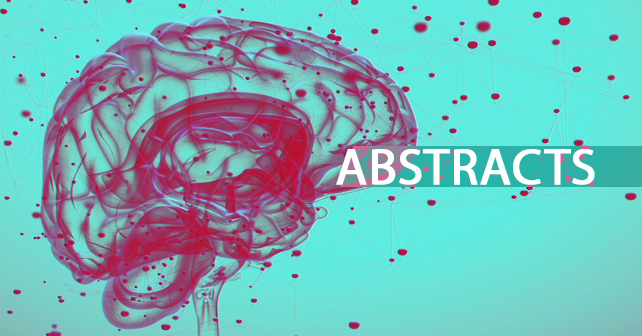Crit Care
Ketamine in acute phase of severe traumatic brain injury “an old drug for new uses?”
Daniel Agustin Godoy 1 2, Rafael Badenes 3 4 5, Paolo Pelosi 6 7, Chiara Robba 8 9Affiliations expand
- PMID: 33407737
- PMCID: PMC7788834
- DOI: 10.1186/s13054-020-03452-x
Free PMC article
Abstract
Maintaining an adequate level of sedation and analgesia plays a key role in the management of traumatic brain injury (TBI). To date, it is unclear which drug or combination of drugs is most effective in achieving these goals. Ketamine is an agent with attractive pharmacological and pharmacokinetics characteristics. Current evidence shows that ketamine does not increase and may instead decrease intracranial pressure, and its safety profile makes it a reliable tool in the prehospital environment. In this point of view, we discuss different aspects of the use of ketamine in the acute phase of TBI, with its potential benefits and pitfalls.
Keywords: Agitation; Cooperative sedation; Ketamine; Neuroprotection; Secondary insult; Sedation; Traumatic brain injury.
Conflict of interest statement
No conflict of interest.
Similar articles
- Safety of sedation with ketamine in severe head injury patients: comparison with sufentanil.Bourgoin A, Albanèse J, Wereszczynski N, Charbit M, Vialet R, Martin C.Crit Care Med. 2003 Mar;31(3):711-7. doi: 10.1097/01.CCM.0000044505.24727.16.PMID: 12626974 Clinical Trial.
- Ketamine as an Anesthetic for Patients with Acute Brain Injury: A Systematic Review.Gregers MCT, Mikkelsen S, Lindvig KP, Brøchner AC.Neurocrit Care. 2020 Aug;33(1):273-282. doi: 10.1007/s12028-020-00975-7.PMID: 32328972 Free PMC article.
- Ketamine decreases intracranial pressure and electroencephalographic activity in traumatic brain injury patients during propofol sedation.Albanèse J, Arnaud S, Rey M, Thomachot L, Alliez B, Martin C.Anesthesiology. 1997 Dec;87(6):1328-34. doi: 10.1097/00000542-199712000-00011.PMID: 9416717 Clinical Trial.
- When used for sedation, does ketamine increase intracranial pressure more than fentanyl or sufentanil?Loflin R, Koyfman A.Ann Emerg Med. 2015 Jan;65(1):55-6. doi: 10.1016/j.annemergmed.2014.08.017. Epub 2014 Sep 16.PMID: 25233812 Review. No abstract available.
- Combination ketamine and propofol for procedural sedation and analgesia.Slavik VC, Zed PJ.Pharmacotherapy. 2007 Nov;27(11):1588-98. doi: 10.1592/phco.27.11.1588.PMID: 17963466 Review.
Cited by 1 article
- Psychedelics for Brain Injury: A Mini-Review.Khan SM, Carter GT, Aggarwal SK, Holland J.Front Neurol. 2021 Jul 29;12:685085. doi: 10.3389/fneur.2021.685085. eCollection 2021.PMID: 34393973 Free PMC article. Review.
References
- Maas AI, Stocchetti N, Bullock R. Moderate and severe traumatic brain injury in adults. Lancet Neurol. 2008;7:728–741. doi: 10.1016/S1474-4422(08)70164-9. – DOI – PubMed
Editor do blog: Julio Pereira – Neurocirugião – São Paulo CRM/SP 163.113 Site para Consulta: https://www.julio-pereira.com/ Consultório: (11)99503-8838 (WhatsApp) / (11)4200-2300 Atuando no Hospital Sírio-Libanês e na BP – A Beneficência Portuguesa de São Paulo.
CONFIRA NOSSOS SITES:
Cirurgia de Coluna
Tumor Cerebral
Aneurisma Cerebral
Radiocirurgia
Neuro Cancer
WeNeuro

